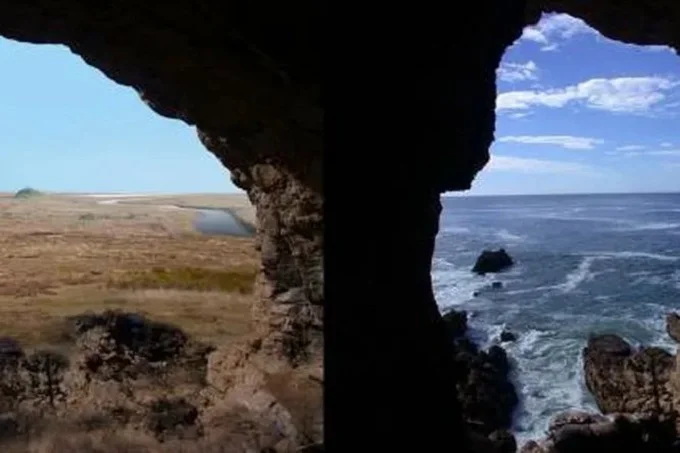Now buried under the waves, this plain was once a ‘safe haven’ for ancient humans living southern coast of the African continent.
Scientists working on Africa’s southern coast have always faced certain problems in understanding the origin of certain evolutionary finds, since most of the landscape used by ancient people is now underwater, and archaeological remains are in caves that now overlook the sea.
It is almost impossible to get close to the finds that scientists have at the moment because of the tides and high waves. However, earlier in these places, there was a vast plain. Sometimes it was as much as 90 kilometers to the coast!
Archaeological evidence indicates that it was the primary feeding ground for early modern humans, and until recently, scientists knew nothing about it.
The researchers used high-resolution climate models to create the glacial cycles that created the valley. The results were then used to recreate vegetation in the plain.
Archaeologists have turned to marine geophysics, deep-sea sampling, isotopic studies of stalagmites, and many other transdisciplinary fields to validate and correct the results of their model.
Scientists’ findings suggest that the Paleo Agulhas Plain, when exposed, was the “Serengeti of the South.” The unique fusion of food and land, as well as the glacial cycles that opened this plain and made much of the rest of the world inhospitable, made this plain an oasis of safety for ancient people.
